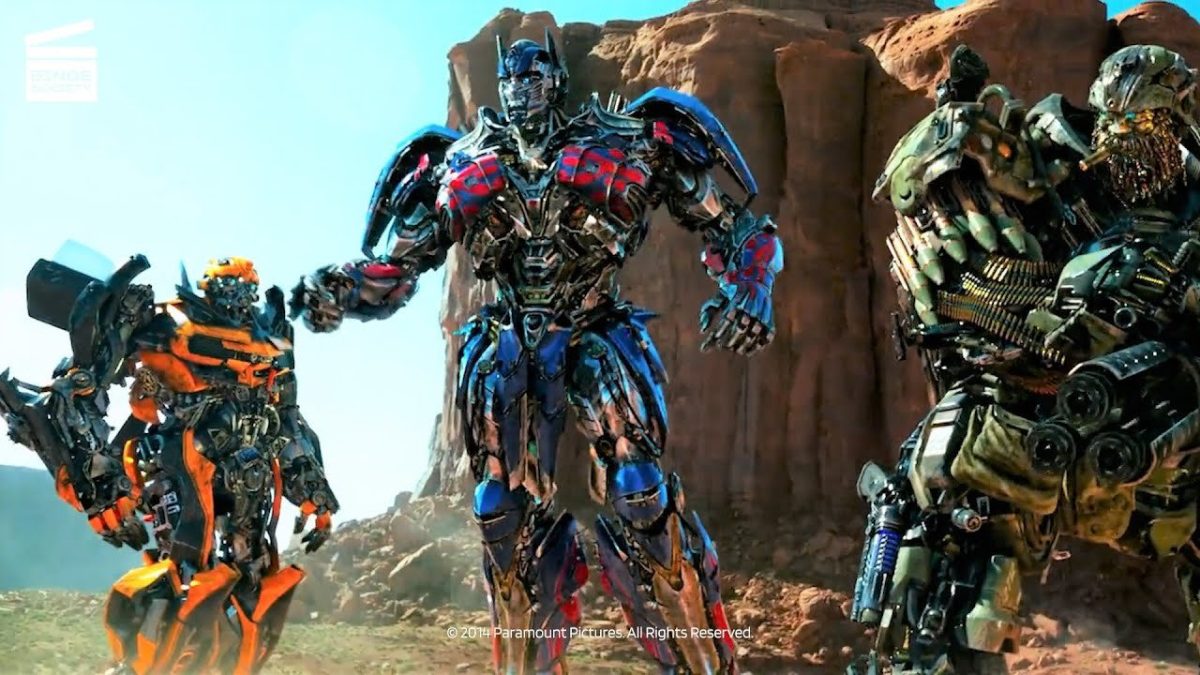Every once in a while, there comes a time when Hollywood tends to hyper-fixate on rather strange trends within the film industry. Over the years, audiences have seen film trends such as desaturated coloration techniques, remakes of classic films and biopics based on deceased, iconic celebrities.
However, one Hollywood trend trumps all in terms of outright absurdness and unnecessary complexity: the gritty, live-action adaptations of children’s entertainment. Now, this is a rather specific field of media to focus on, but plenty of examples make a case for it being a legitimate trend in Hollywood in the 2000s and 2010s.
The first major example of this type of media is Michael Bay’s brooding, over-the-top adaptation of the iconic “Transformers” franchise, which reinvigorated the namesake toy line’s popularity after the first film in 2007. Using the toys and previous animated television shows as source material, Bay turned the once colorful and cheerful “Transformers” franchise into a dark, deeply serious collection of action films that completely changed the original franchise into something completely unrecognizable.
With big names such as Shia LeBeouf and Megan Fox fronting the project, the films became massive hits with audiences, spawning five sequels and one spin-off film. Although the films received mostly negative reviews from critics, “Transformers” quickly went from a relatively forgotten 1980s action toy collection to one of the highest-earning film franchises in the entire history of cinema. So, was “Transformers” a one-off success? To put it simply: no.
Of course, the success of the gritty children’s media adaptation trend cannot be discussed without considering the massively significant success of the Marvel franchise. Although it’s difficult to put Marvel films under the lens of “children’s media” these days because of how omnipresent the franchise has become in all areas of entertainment, we must remember that the source material for these culture juggernauts of film is a type of media that kids consume quite regularly: comic books.
It’s hard to believe that iconic, uber-serious characters like Captain America and Iron Man started out as colorful, goofy cartoon superheroes before they were turned into the dark, brooding and badass figures that we see on the big screen.
Some may feel that it’s a bit strange that gritty adaptations of children’s media are a success, but the real question is, why are they successful? Well, we must acknowledge that nostalgic media is something Hollywood has been cashing in on for generations, and it doesn’t look like utilizing it for major film profit is going anywhere anytime soon. Think of franchises like “Stranger Things,” with its ‘80s quirks, or the recent revival of the 2000s Nickelodeon classic “iCarly.” Both shows rely heavily on audiences that they know are tuning in to be reminded of simpler times from their childhood.
At the heart of these adaptations always lies the desire to make people feel like things are how they used to be. It’s a payday for major film companies to bring forth a revival of a franchise they know their audience is familiar with, so why not continue with these easy money makers?
But who knows? Maybe your childhood favorite is on the list for a twisted live-action adaptation soon. In the age of Michael Bay’s “Teenage Mutant Ninja Turtle” movies, anything is possible.








